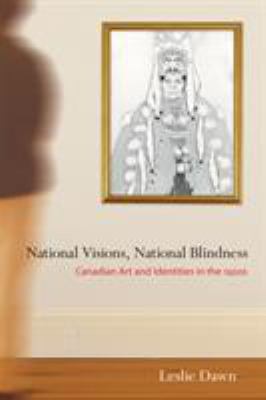
print
|
National visions, national blindness : Canadian art and identities in the 1920s
Copies
1 Total copies, 1 Copies are in,
0 Copies are out.
Authors
Subjects
Language
English
Dimensions
24 cm.







